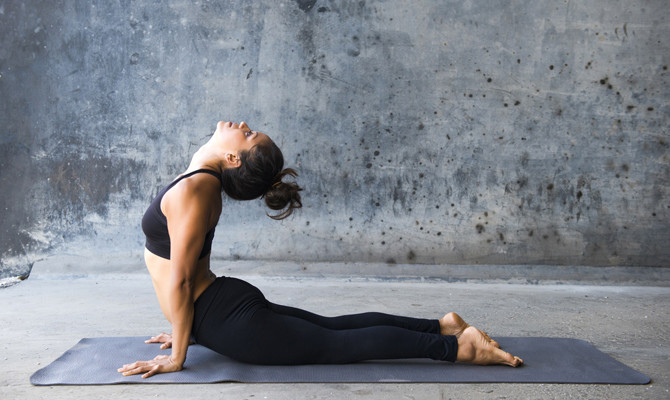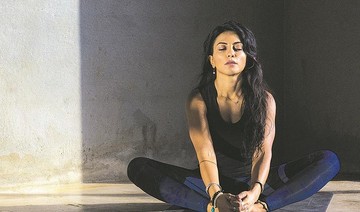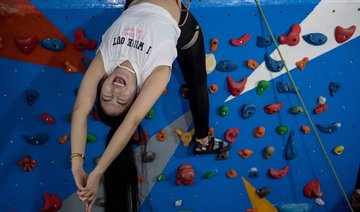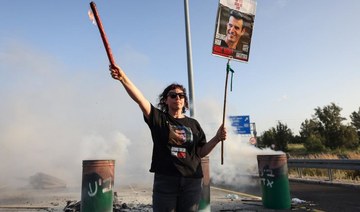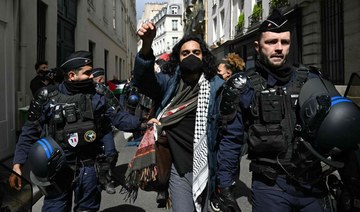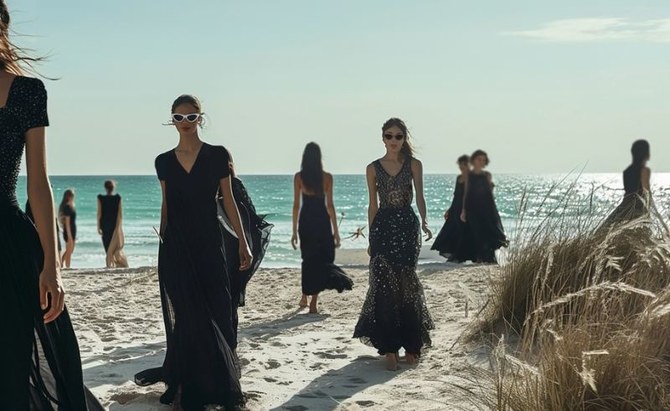“Yoga is just a well-being system that has a traditional background. The values of the yoga tradition are not different from our culture’s values,” said the first Saudi certified yoga instructor, Nouf Marwaai.
Marwaai, who enhanced awareness of yoga in the Kingdom, was awarded the Padma Shri award, India’s fourth highest civilian award, by President Ram Nath Kovind in March this year. She was given the award, which is rarely given to foreigners, because of her efforts to make yoga accepted as a sports activity in Saudi Arabia and to popularize it. The event was held in New Delhi at the president’s house.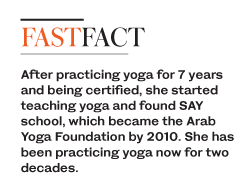
“The celebrations we had on the yoga day this year and previous years were organized by the Consulate General of India in cooperation with us, the Arab Yoga Foundation group. We started in 2015, when the UN approved the international day of yoga based on Indian Prime Minister Narendra Modi. He is the greatest promoter of yoga and wellness for the welfare of people and society. I and the entire yoga community are very thankful to him for this initiative, as the whole world celebrated yoga on that day,” she said.
Marwaai is an entrepreneur who has lived between Saudi Arabia and India for almost 11 years and has some businesses in both countries. She is also the founder of the Arab Yoga Foundation.
After practicing yoga for seven years and being certified, she started teaching it and founded SAY school, which became the Arab Yoga Foundation by 2010. She has been practicing yoga now for two decades.
Her health was one of the key reasons for entering the yoga world. Since her birth Marwaai has suffered from many health issues and was not diagnosed properly until she was 17. During that year she was diagnosed with undifferentiated connective tissue disease and possibly rheumatic disease.
She said: “I was underweight, tired, and suffered from malnutrition due to the extreme diets they put me on for my allergies and digestive problems. Symptoms that I had suffered from were joint pain, weakness, chronic fatigue, skin rash, allergies, loss of focus, sleeping problems and stiffness.”
Marwaai had to leave school because of her constant fainting and illness. She decided to search for a sport that fitted in with her health condition.
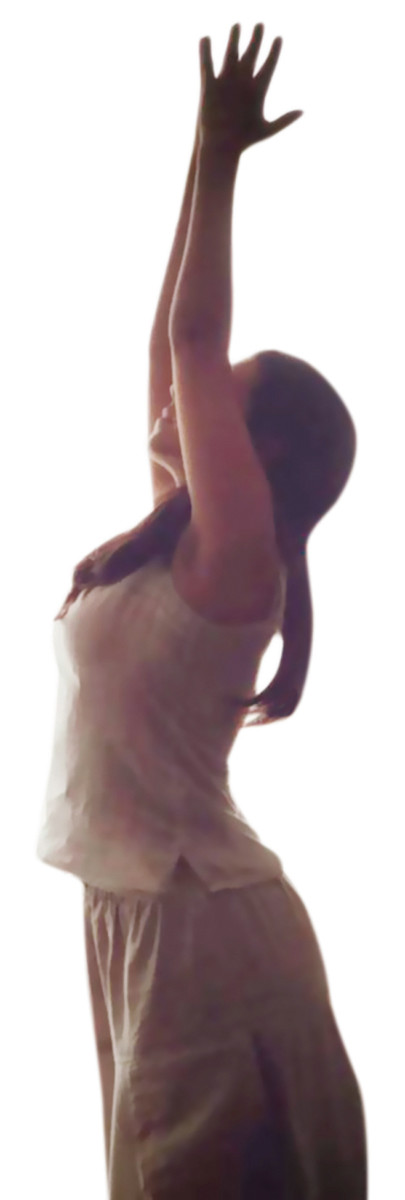
She found one of her father’s books which talked about yoga. Her father was founder of the Arab Martial Arts Federation in the Kingdom, Tunisia and Egypt from the late 1960s. She continued her yoga learning process by buying books as well as DVDs.
“I also started a vegetarian organic diet. I was anyways vegetarian due to my severe allergies. I went back to finish high school in 1999, then went to university and graduated with high honors,” Marwaai said.
Her college years were a turning point for her while she was studying psychology and learning more about yoga.
“I could see a lot of connections between sports and well-being. Mental and physical health connections, the effect of gentle exercises and breathing control while performing exercises and relaxation. I understood the effect of stress on the health development of diseases, especially immunity and psychosomatic diseases. I decided then to study yoga, not only to read and practice,” she added.
Marwaai traveled to India for treatment and study. Today, she has a master’s degree in psychotherapy from India and a bachelor’s in psychology from King Saud University.
She said: ”The kindness of people in India impressed me. I felt at home. I also studied Ayurvedic medicine there while getting treatment for my disease. I was diagnosed with (lupus) finally after a septic shock in 2001, when I was admitted to hospital and my survival was at risk. I learned yoga and fell in love with the Indian culture. Living in Kerala taught me how to take care of my health. The culture is somehow similar to Saudi culture in family aspects and values. I felt at home and I can easily say that India is my second country.”
When Marwaai was asked about the struggles she faced during her journey of discovering yoga, she said it was difficult to find a yoga teacher or a center, so she decided to make people aware of yoga.
“Another struggle that I faced was the confusion of what license I can apply for to open a yoga center. But luckily now things have changed a lot when it comes to women’s sport, and thanks to Princess Reema bin Bandar, the president of community sports federations, who guided me and helped my initiative,” she added.




